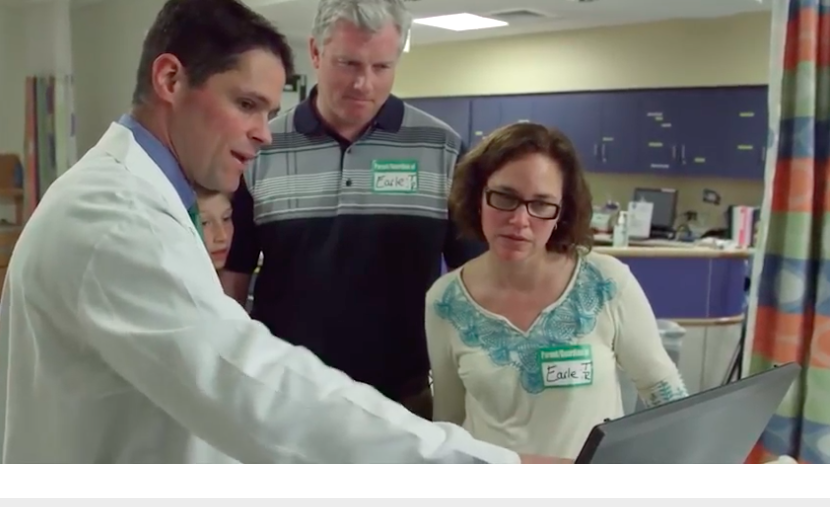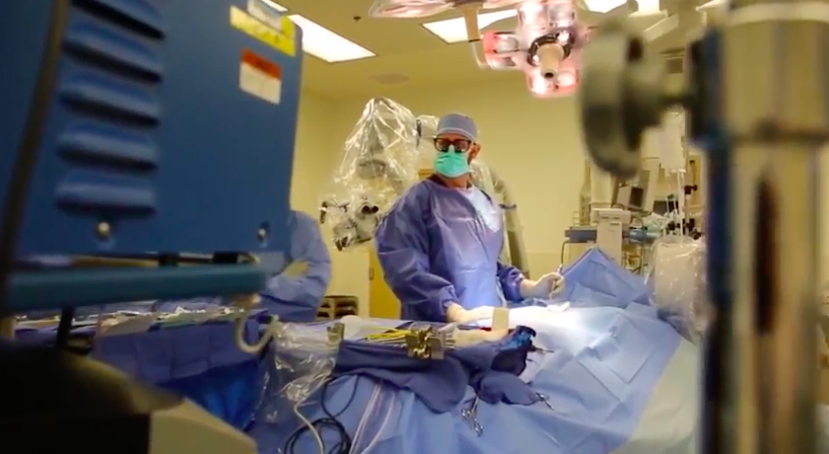At this time, non-cancerous brain tumor and cavernous malformation research are underfunded and the public remains unaware of the magnitude of this disease.
Incidence of Brain Tumors
– Nearly 80,000 Americans will be diagnosed with a brain tumor this year. They join more than 700,000 Americans who are currently living with the fear, frustration and uncertainty a brain tumor diagnosis brings. Approximately 68% of these tumors are considered non-cancerous, while 32% are malignant. All types of brain tumors can be deadly, even non-cancerous brain tumors, if they interfere with portions of the brain responsible for vital bodily functions. Brain tumors do not discriminate, inflicting men, women, and children of all races and ethnicities.
— American Brain Tumor Association
Non-cancerous vs. Malignant Brain Tumors
– Non-cancerous tumors are typically slow-growing and rarely spread to other areas of the body. They often have well-defined borders, so surgical removal can be an effective treatment. However, that does not mean these tumors are harmless; the location of a benign brain tumor can have a significant impact on treatment options and be as serious and life-threatening as a malignant tumor. Indeed, traditionally benign brain tumors can sometimes even be considered malignant if they are located in areas of the brain that control vital functions like breathing and heart rate, as they can still grow and put pressure on tissue in the brain. This pressure can cause damage to healthy brain tissue and interrupt normal functions of the brain.
— National Brain Tumor Society
Importance of Non-cancerous Brain Tumor and Cavernous Malformation Research
Dr. Edward Smith, Director of Pediatric Cerebrovascular Neurosurgery at Boston Children’s Hospital, wrote the following explanation of the importance of research on non-cancerous brain tumors and vascular disease:
Neurosurgery has a distinct clinical need for improved diagnostic tools to detect [cavernous malformations] and brain tumors. In some cases, particularly stroke-causing conditions, symptoms do not appear until it is too late. Neurosurgeons seek to better define disease prognosis so that they can provide the most effective treatments and follow-up care. Laboratory research and its resulting discoveries help us develop tools that translate into improved patient care.
While much focus is often applied to malignant cancers, there remains a profound need to address research on other neurosurgical diseases, such as [non-cancerous] tumors and vascular disease. Many non-cancerous brain tumors are (thankfully) no longer immediately fatal, but the lifetime burden of living with disease – including repeated scans, multiple surgeries, hospitalizations and neurological deficits – means that families face huge costs (both psychological and financial) in the long-term management of tumors.
Similar to non-cancerous brain tumors, the pediatric neurovascular lesions (like arteriovenous malformations (AVMs) and cavernous malformations (CCMS)) unfortunately confer massive financial and medical burdens to affected families. AVMs can cause death every time that they bleed. Cavernous malformations often rebleed throughout life – unpredictably – devastating patients and families over years and years.
Published data suggest that the financial burden to each patient with these diseases averages at $4 million dollars per year (Stroke. 2009 Jun;40(6):1973-9). The chronic medical, financial and psychological burdens associated with these disorders means that there is an immediate, underserved need to focus research on these conditions.


